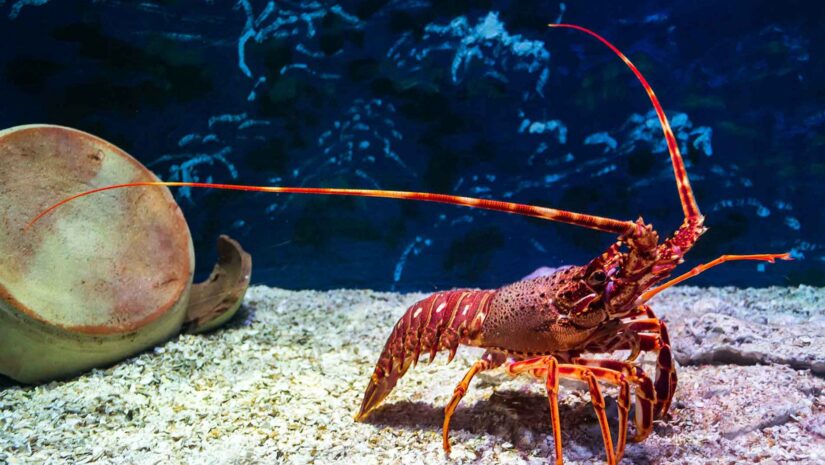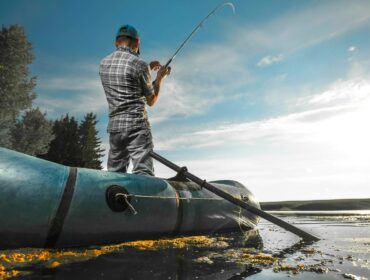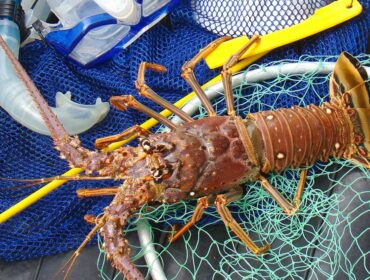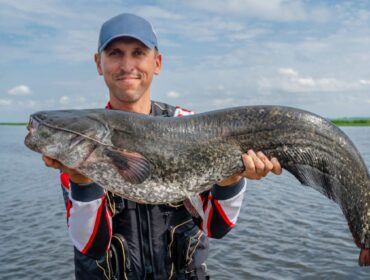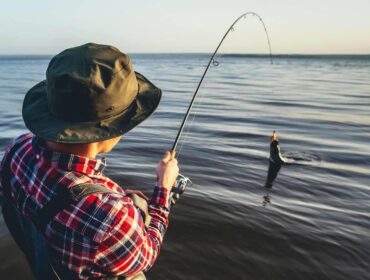Interested in taking your love for fishing to a whole new level? Why not try fishing lobsters for a change? The activity presents new challenges, requires less equipment, and offers a very delectable prize. You can catch clawed lobsters, which live in cold water regions, or spiny lobsters, which live in warm water areas.
For many anglers, there’s nothing more fun than hunting for hiding crustaceans at the bottom of the sea floor, driving them out, and bringing home a sizable prize by the end of the day.
So what are you waiting for? Find out how you can catch a lobster below.
Tips on How to Catch a Lobster
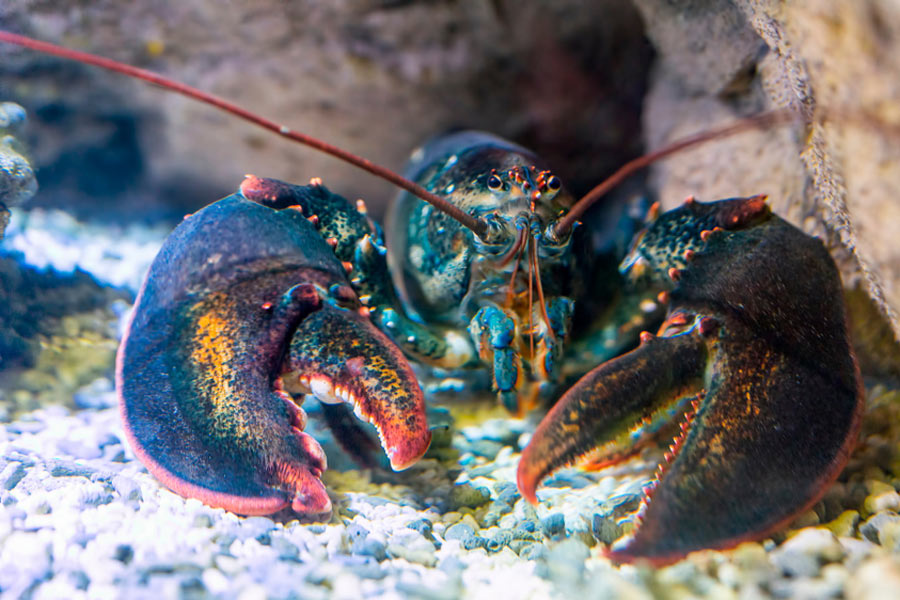
Choose your location
As it is with fishing, it’s important to decide where you want to hunt for lobsters as you won’t always find the same species in two different locations. Some locations are home to spiny lobsters (sometimes referred to as crayfish), which you’ll find in warm waters and will require a different hunting strategy than cold water lobsters with large front claws.
If you’re not particular about the type of lobster, the easiest would be to target the closest lobster hunting location near you.
Schedule your hunt
Timing is another factor that should be considered when planning your lobster hunt. You’ll need to schedule your hunt during “lobster season,” which varies depending on your desired location.
If you happen to be hunting in the northeast area of North America, it’s usually between June and October. Along the Californian coast and in the southeast area (the Gulf of Mexico and the Florida Keys), you’ll find legendary Florida lobsters between August and March.
Just do some quick research or ask your nearest lobster fishing dock for the information you need.
Apply for a license
For the preservation of marine life and human safety, not everybody can hunt for lobsters and fish. You’ll need to apply for a lobster fishing license, preferably before shopping for your gear, as you may be asked to present it before making your purchases.
Like fishing licenses, lobster fishing licenses are easy to obtain. Specific government agencies, local docks, and bait and tackle shops commonly offer a variety of fishing licenses. You’ll typically only have to fill up forms and pay a small fee, but some agencies also require that you pass a test before you can get your license.

Learn about lobster fishing regulations
Whether you had to take a test or not, it’s crucial that you familiarize yourself with lobster fishing regulations in your area. These will include the following:
- The maximum number of lobsters you are allowed to catch daily
- Time limits, which typically start at sunrise and end at sunset
- The number of lobster traps you can use at one time and/or have on a single fishing boat
- Areas that are considered off limits for lobster fishing
- Legal size limits for caught lobsters
Do your research about lobsters
If you haven’t, spend a little more time getting to know more about your catch. Find out where lobsters like to hide, how they look according to their species, when they hunt (at night), and other helpful information.
Bonus Tip: Clawed lobsters can be found in rocky, coastal waters between 4-50 meters (13.1-164 feet) deep. Rocky reefs are also a common hiding place for spiny lobsters.
Gather your gear
Once you’ve decided on your location, timing, and the type of lobster that you will be hunting, you can start gathering your hunting equipment. For clawed lobsters, you’ll need the following:
- Lobster trap (rectangular in shape)
- Bait (dead fish)
- Heavy-duty gloves
- Lobster gauge
- Mesh catch bag
For spiny lobsters, you’ll need a slightly more complicated set of equipment, depending on whether or not you’re planning to dive underwater to catch them or hunt them with a spear (although this requires practice in spearfishing). These typically include the following:
- Hoop net (circular trap)
- Bait (anchovies, sardines, raw chicken, or even cat food)
- Heavy-duty underwater gloves
- Tickle stick (optional)
- Net (optional)
- Snorkeling or scuba gear (optional)
- Spear (optional)
- Lobster gauge
- Mesh catch bag
The optional pieces of equipment above are used for hunting the lobsters underwater. We’ll delve more into how they are used below.

Secure your fishing boat
Another thing you’ll need that’s not exactly part of your hunting gear but is equally important is the boat that you will be using to get to your location. You can go on chartered boats, rent your own small boat, or maybe bring your own. Just make sure to ask whether the fishing area has any boat licensing requirements (some require you to have your license number showing on the fishing boat) so you can follow accordingly.
Go to your exact fishing location
On the day of your hunt, with all your gear with you and your boat ready, take the boat out to where the lobsters are expected to be. They often frequent rocky areas. If you’re fishing with a guide, chances are, you already know the exact spot where you should be heading.
But if you’re fishing as a newbie, it helps to seek professional advice from experienced lobster fishermen in the area before you get into the water.
Assemble your trap
First of all, make sure yours meets current regulations. Commonly, traps should have an escape hole that undersized lobsters can exit from and, ideally, a biodegradable escape/”ghost” panel that will disintegrate by itself underwater so caught lobsters don’t get trapped and die in it in case the trap gets lost.
If you’re using regular lobster traps with two compartments, set them up with a bait (dead fish) in the first compartment. Attach tags (with your license number) to the trap, as well as a buoy (with your license number and name or initials) with a long, sturdy rope.
If you’re using a hoop net for spiny lobsters, place a piece of bait inside its bait pouch at the bottom and attach a labeled buoy to the line on top of the net.

Set your trap
With your gloves on, slowly lower your traps and keep your hand on the rope until each trap has reached the bottom of the water. You can check them for lobsters later in the day.
As for hoop nets, simply hold one by the line on top of it at a time and lower them to the bottom from your boat. You can already pull the line up slowly and check your net for catch after just 10-15 minutes.
Dive for the lobsters
If you’ve opted to do it the more exciting way, gear up with your snorkeling or scuba gear and make sure you are wearing protective gloves. With your tickle stick and net, dive in and scan the rocky areas, corals, and ledges for lobster antennae as they would normally be hiding in these areas during the day. Once you spot one, take out your tickle stick and slowly drive the lobster out of its hiding spot with a sweeping motion. Use your own hands and net to catch the lobster.
If you’re set on spearfishing, you can use a tickle stick to ensure that you have a good shot. Just remember that spearfishing may require a separate license in your area!
Either way, diving for lobsters allows you to become selective about the lobsters that you catch, so there’s less risk of you getting undersized or oversized ones.
Measure your catch
Back in your boat and with your lobsters out of their traps for observation, hold one lobster at a time and use your metal or plastic lobster gauge to measure its body shell (or carapace). The gauge has to be placed directly at the top of the carapace.
Depending on your region’s recommendations and regulations, you may have to start the measurement behind the eye stalks or from the middle area found in between the horns. End your measurement where the carapace joins the tail.
If the measurement is too long or short compared to the legal size that your area allows, then you need to put the lobster back into the water.

Store the lobsters
Keep all lobsters that have passed the required measurement in your catch bag. Make sure to close the bag tightly so they won’t be able to escape.
Good luck!

